The First Habitable Exoplanet
It's a bumper crop of "firsts" in this NewsFlash, as we discover the first habitable exoplanet and the first flapless aeroplane! We'll also find out how mental competition helps to chose which hand to use, and how Raman spectroscopy can help to identify smuggled cocaine...
In this episode

00:26 - Flapless Aircraft takes to the air
Flapless Aircraft takes to the air
Ever since the Wright brothers first took to the air in 1908 aircraft have been controlled by moving surfaces in order to deflect air in different ways, in a conventional plane, elevators, aerolons etc. In most cases this isn't a major issue, but these moving surfaces can be a maintenance headache, create lots of noise, and in a military aircraft ruin your carefully crafted stealthy shape.
Researchers from BAE systems, Cranfield and Manchester University have flown the 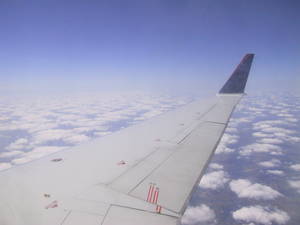 first aircraft without moving any surfaces at all, instead they have been controlling it using something called the Coanda effect, the tendency of a stream of fluid to stick to a curved surface. Like the way a stream of water from a tap will stick to the back of a spoon. At some point however the air will detach from this curved surface, and it is relatively easy to affect this point. The team has used air blown from a jet engine on a Demon UAV, to alter the direction air leaves a wing, this affect the amount and direction of lift produced, so allowing them to control the aircraft.
first aircraft without moving any surfaces at all, instead they have been controlling it using something called the Coanda effect, the tendency of a stream of fluid to stick to a curved surface. Like the way a stream of water from a tap will stick to the back of a spoon. At some point however the air will detach from this curved surface, and it is relatively easy to affect this point. The team has used air blown from a jet engine on a Demon UAV, to alter the direction air leaves a wing, this affect the amount and direction of lift produced, so allowing them to control the aircraft.
This will probably appear in military aircraft long before airliners, but some related technologies could be used to reduce the noise from aircraft taking off and landing and would be more practical.

02:53 - Hand preference arises from a competition in the brain
Hand preference arises from a competition in the brain
Researchers writing in the journal PNAS this week have come a little bit closer to understanding how the brain chooses which hand to use for any particular action. They think it comes down to a mental competition between the hands.
Flavio Oliviera and his team (from the US and Belgium) collected together a group of  right-handed people and instructed them to reach for images placed on a table. The participants could use either hand to pick the images up, and these images were in different places on the table.
right-handed people and instructed them to reach for images placed on a table. The participants could use either hand to pick the images up, and these images were in different places on the table.
While this was happening, the researchers applied transcranial magnetic stimulation (TMS) to the brains of the participants. This temporarily disrupts brain activity in the subjects' left or right posterior parietal cortex. As the name suggests, it's at the back of the brain and it's important for planning movements or thinking about 3D space around you.
When TMS was applied to the left side the right-handed participants tended not to use their right hands as much as they would normally. But applying TMS to the right side of the brain produced no change at all. The left side of the brain is usually involved in controlling the right side of the body, and vice versa, so you might expect this result in right-handed people.
The researchers think that when we have to make a decision on which hand to use to press a button, our brain is actually coming up with several plans on how to achieve this, but it selects whichever plan it thinks is the best - using this area of the brain: the posterior parietal cortex.
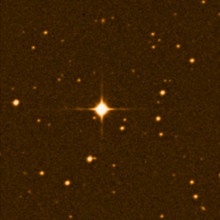
05:10 - A new Earth-like exoplanet
A new Earth-like exoplanet
Professor Steve Vogt, University of California at Santa Cruz
Chris - Also in the news this week, astronomers at the University of California, Santa Cruz and also from the Carnegie Institution of Washington have announced the discovery of an Earth-like planet that's outside our own solar system. It's thought that liquid water, as well as an atmosphere, could exist on that planet's surface, which would make it potentially the first habitable exoplanet. And joining us from the University of California, Santa Cruz to tell us more about the discovery is one of the co-authors of the paper, Steven Vogt. He is the Professor of Astronomy and Astrophysics. Hello, Steven.
Steven - Hello, Chris.
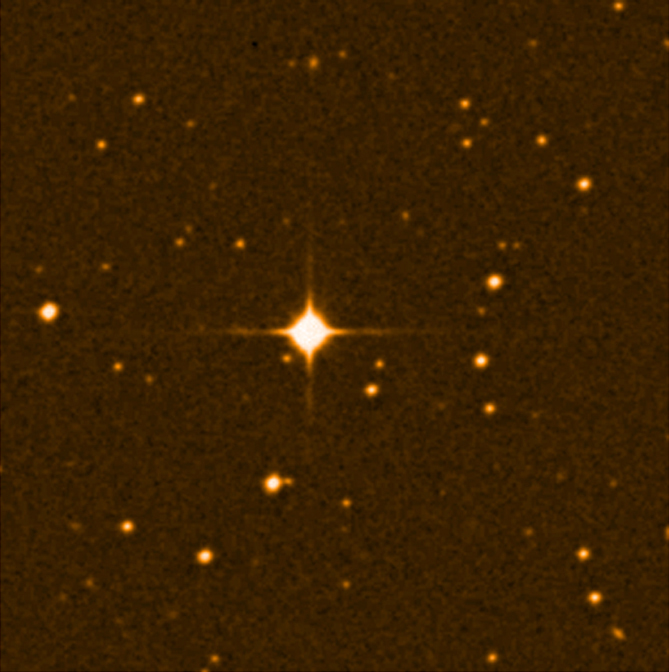
Chris - Thank you for joining us on the Naked Scientists. The first question I think probably to kick off with is, where is this planet?
Steven - This is in the constellation of Libra. It's about 20 light years away, so it's one of the nearest stars and it's a pretty exciting star to be looking at.
Chris - What's the name of the star?
Steven - The star is called 'Gliese 581 g.' That's after a catalogue of nearby stars by a man named Gliese basically. So it's number 581 in that catalogue.
Chris - And how did you actually spot the planet or planets because this isn't the first planet that's been spotted around that star?
Steven - That's right. A number of groups have been observing many of the nearby stars for many years. The Swiss group from Geneva has already detected four planets around this system over the last four or five years, using about four years' worth of data. And we've now found two more in the system.
Chris - So talk us through the experimental methods you used because even though something is relatively close, 20 light years, it's still far enough away that conventional telescopes are going to find that tricky. So, how did you do the study?
Steven - The study is done by measuring the velocity of the star. We take a spectrum of the star and measure the shifts - the Doppler shifts of the lines. Every night, we get one data point basically, so we have hundreds of nights of observations on there, and we're basically measuring how the planet tugs on the star. This particular Earth-like planet tugs on the star at a level of about 1 meter a second, so it makes the star sort of stroll back and forth with a period of about 37 days.
Chris - So because the planets in orbits are making the host star wobble a bit, you can pick up that wobble because it makes the light which is coming to us from that star get a bit stretched out or shrunk a bit and we can pick that up. That tells you that there's something pulling on the star, but how do you resolve individual planets because as you've already mentioned, there are a number of planets going around that star?
Steven - That's right. There are six of them now, so each one pulls with its own period and these are strictly periodic Keplerian motions and we fit these out using very sophisticated computer programs, and we strip them out one at a time. With each new planet, once we remove it from the system then we'd look at the residuals and look for periodicity in the residuals, and we work our way down through the system one at a time. So the overall dance that is done with six planets is quite complex, but we have mathematical techniques to follow that.
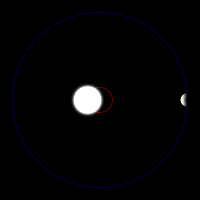
Chris - So presumably, you have worked out the only possible solution to all these different wobbles is, if you've got a planet which you say is Earth-like, it's in what's called a 'habitable zone' around that star. So, what can you tell about that planet?
Steven - Well, what we know about it is that we know its mass. We know we have a lower and an upper limit to its mass. It's about three to four times as massive as the earth. We know what it's made out of. If it was made out of Styrofoam or marshmallow cream, it would be one temperature and one size. We know it's made out of the sort of stuff that planets are made out of, mostly iron and silicate - things like that. So we have a pretty good estimate of what its radius would be from very detailed models. And that turns out to be about 20 to 50% bigger than the Earth, and spherical. It would be a spherical ball. It wouldn't look like a doughnut or something like that. So now we know its gravity basically. We know its surface gravity and we know how effectively it could hold on to its atmosphere. And it turns out to have about an Earth gravity, maybe a little bit more. So if you stood on a scale on the surface of that planet, you wouldn't be too shocked, your weight would be about the same as you weigh on Earth.
Chris - A relief for many people. What about the conditions on the planet? Can you infer anything about what it would be like if you were to go there?
Steven - Yes. Actually, we know a fair amount about that. We know that the planet is tightly locked to its star, so it keeps one face towards its star all the time. Just the same way that the moon keeps its same face towards the Earth all the time, and that would mean that it would have a hot side and a cold side, and then a whole bunch of temperatures, a range of temperatures in between. So the area between the bright and the darkness, what we called a terminator would be the most comfortable. And much of that would be shirt-sleeve weather. You could just stand outside and there would be mild winds, mild breezes, but it would be temps of basically about 20 to 40 degrees Celsius, so it would be quite cool, quite nice. And presuming that it had an atmosphere, there would probably be liquid water on the surface either in vast quantities or in small quantities. So it'd be quite a pleasant place to be.
Chris - Which is encouraging and just to finish off, given that you found this relatively hospitable sounding place, relatively easily, what does this tell us about the prospects of finding more like it elsewhere in the Milky Way because our own galaxy has got what, two hundred billion stars in it?
Steven - Yes and to me, that's one of the most interesting things to this discovery. It occurred too quickly and too nearby. We shouldn't have found it that soon, and that means one or two things. Either we've been really lucky and we won't find another one again for a long, long time, or there's a lot of them out there. I'd prefer the second hypothesis that there are a lot of them out there, and if you work out the statistics of the numbers from our incompleteness of our surveys, you find that probably 10 to 20% of stars have planets like this. And that means tens of billions of these places in our own galaxy and that's quite exciting.
Chris - Certainly is an intriguing thought. Thank you very much Steven for joining us. Steven Vogt from the University of California, Santa Cruz.
11:16 - Double current in solar cells
Double current in solar cells
At the moment solar power is significantly more expensive than fossil fuels and there are tens of thousands of researchers trying to reverse this. However this isn't really just ![]() a case of making the solar cells themselves cheaper because even now in the western world half of the cost of installing solar panels is in the installation. So the best way of making the electricity cheaper is to get more electricity per square metre of panel.
a case of making the solar cells themselves cheaper because even now in the western world half of the cost of installing solar panels is in the installation. So the best way of making the electricity cheaper is to get more electricity per square metre of panel.
The problem is that different colours of light have different energies and a conventional solar cell can only be designed around a single energy called the band gap. This means that it can't absorb light with a lower energy than this, and any extra energy a light photon has is wasted as heat. This means that the theoretical maximum efficiency for a simple solar cell is about 31%.
One solution to this would be to find a material that would push two electrons around the circuit, if the energy of the photon was twice the band gap. This would mean that you could make the band gap a lower energy so that more colours of photon can be absorbed, without loosing the efficiency at higher energy photons. This effect has been observed in solid lumps of semi-conductor but is very inefficient - you need far more than twice the band gap energy to push 2 electrons.
Justin Sambur and collegues have been investigating this property in quantum dots, these are tiny lumps of material, in this case lead sulphide, which are so small that their energy levels start to look more like an atom's than a bulk material, but an atom whose properties you can engineer. They have built structures of lead sulphide nano-dots attached to titanium dioxide semiconductors. Although these absorb a tiny proportion of the light hitting them, as they are extremely thin, when they increase the energy of the photons to be more than twice the band gap, they see almost a doubling in the current produced, so they are producing multiple electrons per photon. Though it will take a lot more development to get a practical cell.
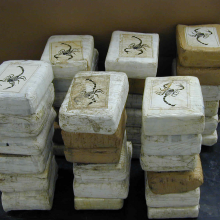
13:56 - Raman Spectroscopy Offers Rum deal for Anti-drug Squads
Raman Spectroscopy Offers Rum deal for Anti-drug Squads
A trick of the light looks set to assist drug squads in their attempts to crack down on smugglers.
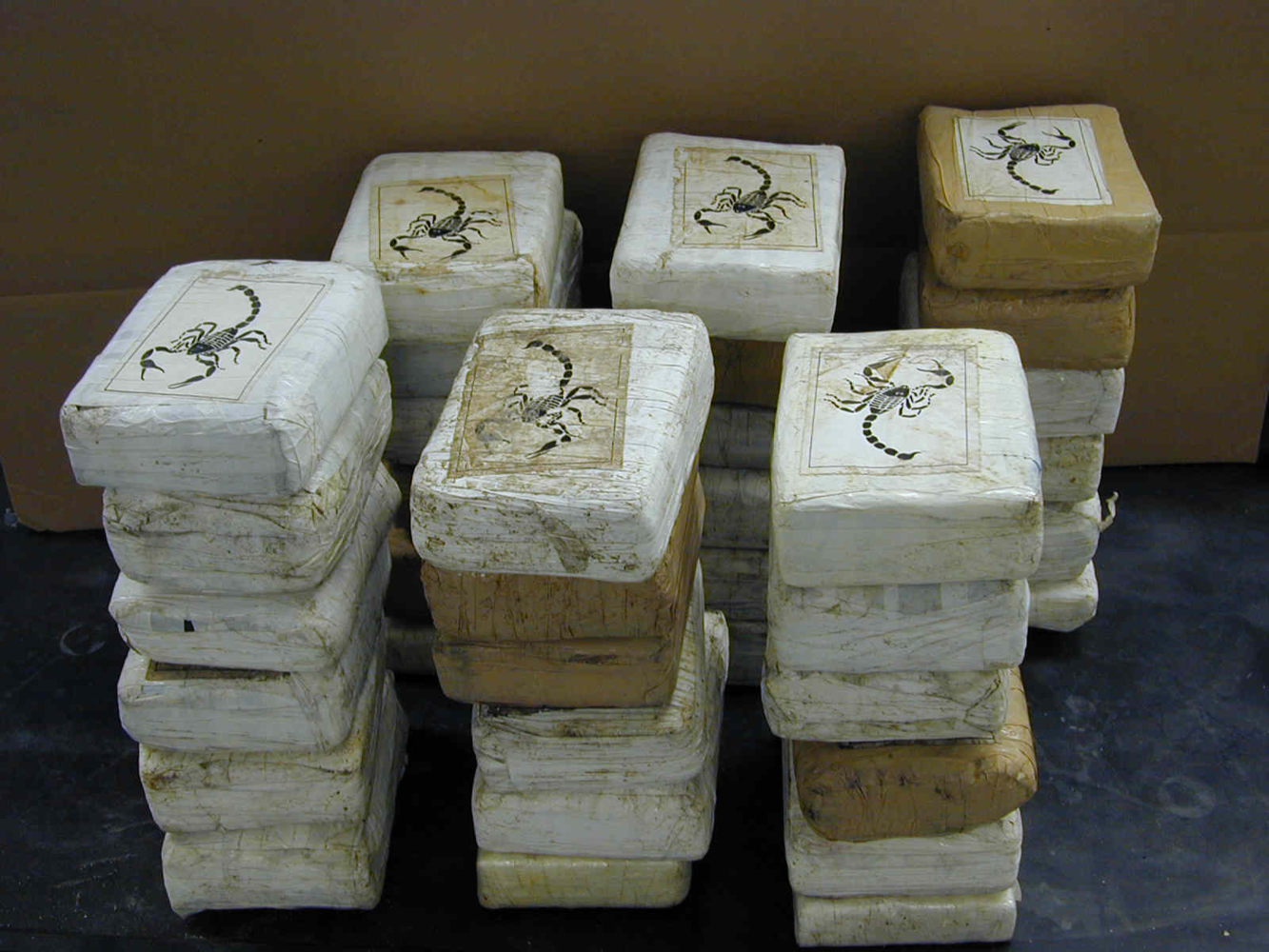 As anti-drugs systems improve, traffickers are resorting to increasingly imaginative practices to dodge detection. For instance, one approach adopted recently is to dissolve drugs like cocaine in liquids,such as alcoholic beverages like rum. The illicit substances are then later recovered from the rum by allowing the liquid to evaporate, leaving behind just a drug-laced powdery residue.
As anti-drugs systems improve, traffickers are resorting to increasingly imaginative practices to dodge detection. For instance, one approach adopted recently is to dissolve drugs like cocaine in liquids,such as alcoholic beverages like rum. The illicit substances are then later recovered from the rum by allowing the liquid to evaporate, leaving behind just a drug-laced powdery residue.
But this practice means that, to confirm any suspicions they may have of a cargo en-route, customs officers are forced to open dubious-looking bottles, compromising the contents regardless of what is found. Now, however, scientists in the UK have found a non-invasive way to see what's inside a bottle, but without having to resort to a corkscrew.
Writing in the journal Drug Testing and Analysis (DTA), Bradford University-based chemist Tasnim Munshi and her colleagues show that laser light can be used to force a liquid to surrender the secrets of its dissolved content. The approach makes use of a technique called Raman spectroscopy.
When laser light interacts with a material the arrangement of atoms and molecules in the substance causes the light to scatter in a highly characteristic way; different substances therefore have their own specific Raman "fingerprint" which can be picked up using a handheld gadget.
The team made solutions of cocaine in pure ethanol and also tested samples of well known rum brands including Lamb's Navy Rum, Bacardi and Captain Morgan, which were placed in either plastic or glass bottles. By using two different wavelengths (colours) of laser light so they could even see into dark green glass bottles, the technique readily picked up the spectroscopic hallmark signalling the presence of cocaine within the beverages.
Importantly, the cocaine concentrations at which the tests were carried out successfully were far lower - at 6% - than the concentrations used by smugglers - which are closer to 60%. Until now it has been difficult to detect cocaine in liquid form in these environments.
"Our study shows that using an analytical technique such as Raman spectroscopy can successfully detect the presence of these drugs without removing specimens from their containers," says Munshi. "We believe a portable Raman instrument will prove vital in the fight against illegal drug smuggling by allowing for the fast and effective screening of different solutions over a very short space of time."










Comments
Add a comment